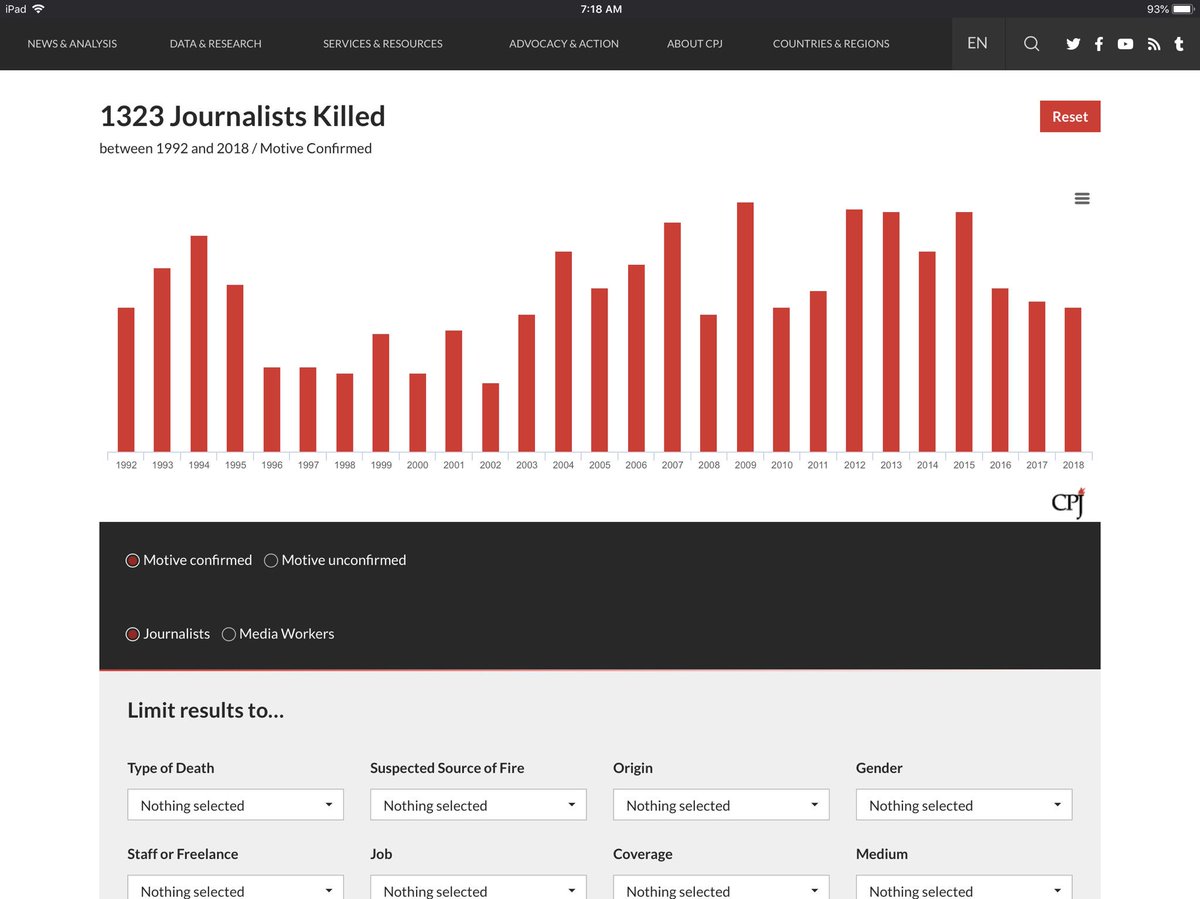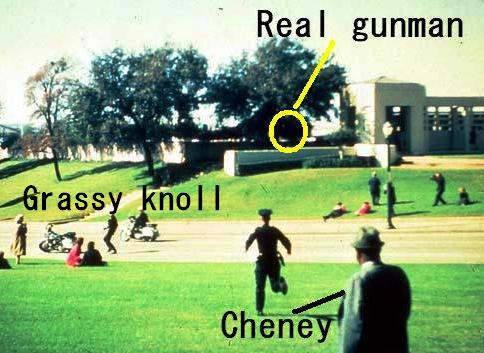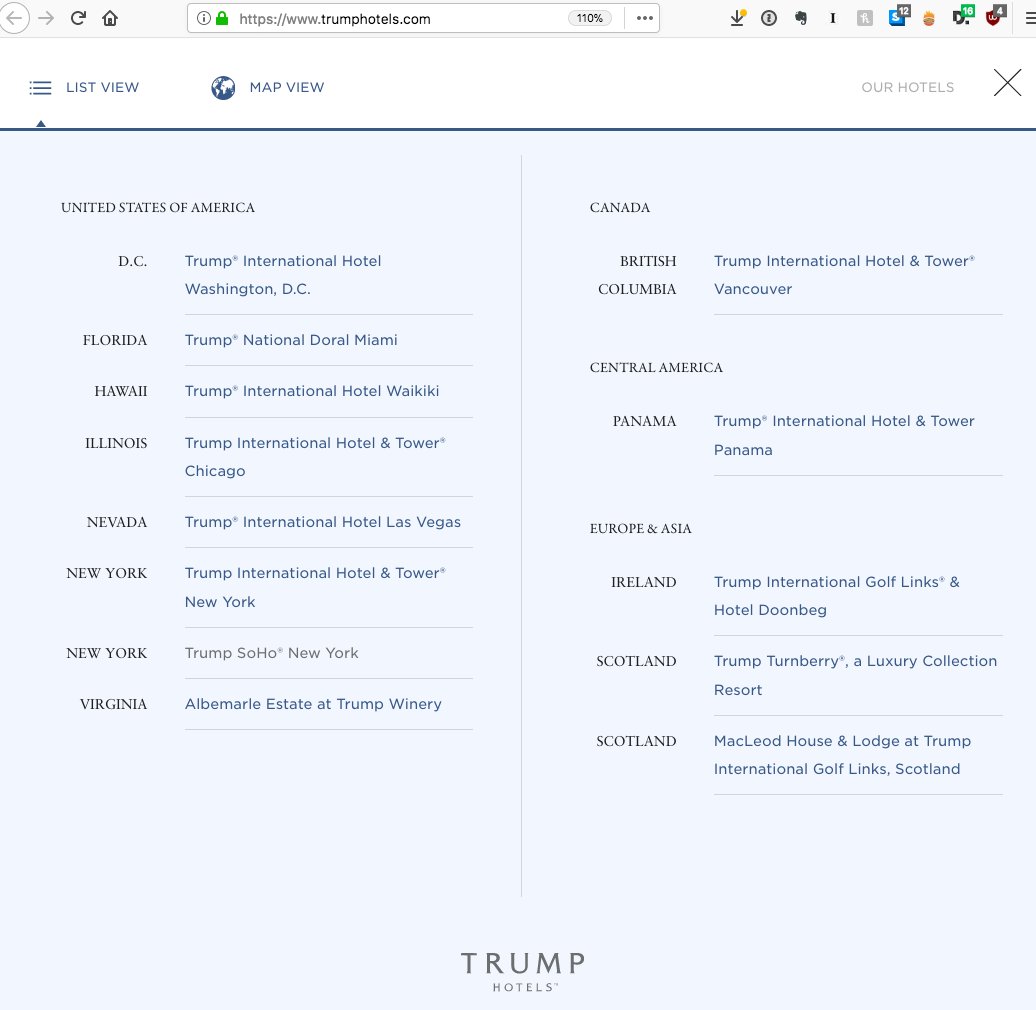washingtonpost.com/local/traffica…
washingtonpost.com/context/contex…
Me: Drivers speed all the time.
Any driver: But what about cyclists!
alexandriava.gov/tes/info/defau…
washingtonpost.com/local/traffica…
With no idea if @washingtonpost plans to build on this meta-story, let’s fill the channel with numbers and statistics to show how destructive cars are to life in DC.


























